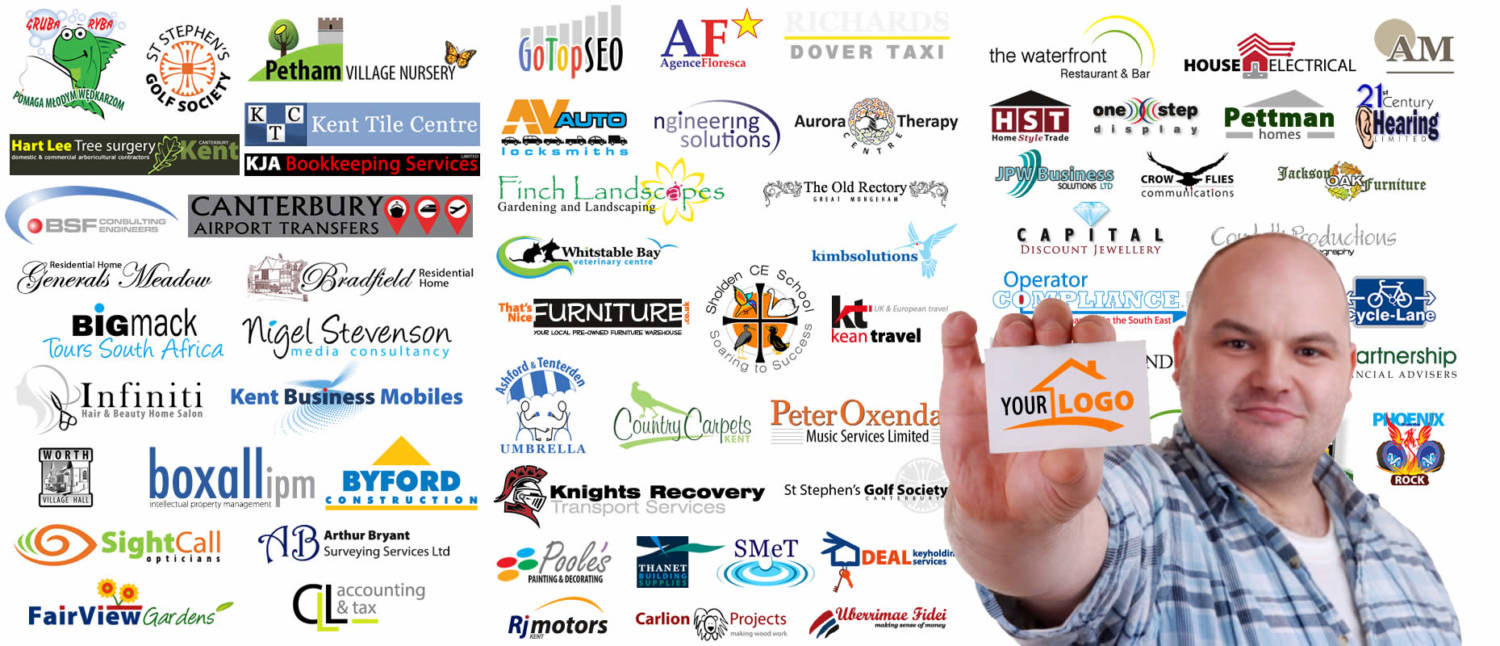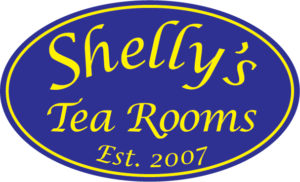

logo design for local food business
Occasionally we are commissioned to design (or re-design) company logos for Kent businesses, in fact this month (October 2021) we’ve created 3 designs. 2 were part of website design projects, but the Shelly’s Tea Rooms was a logo re-design only project.
The usual problem with logos are the original design has been lost or not supplied, especially with established businesses, for example:
- the original is not digital (old style paper artwork)
- the master file was not supplied to the customer (they only received the non-editable export files like JPG/PNG/GIF/TIFF/PDF files)
- the files have been lost
- the owner purchased the business and the previous owner failed to supply
- the master file was created in a program no longer available
- the original designer is no longer available and the owner wants to edit the design
We’ve resolved all the above scenarios in the past, not sure which of the above affected Shelly’s Tea Rooms but we were sent a low quality JPG file by email to reproduce.
In this case the biggest problem was matching the fonts used in the logo. After some research using our font finder websites, we identified the correct font and applied to the design. The client signed off on first draft so we sent all files (master Ai file and export files) to the client with copyright assignment so they can use for whatever use in the future.
Copyright assignment
Most business owners assume that if they’ve paid/commissioned a design they automatically ‘own’ the rights to the design. Not so…
Who owns copyright?
The ‘author’ of a work (ie the person who created the work) is the copyright owner.
What rights does the copyright owner have?
The copyright owner (designer) of an artistic work has the following exclusive rights:
- Reproduction right, or the right to copy the work
- Distribution right, or the right to issue copies of the work to the public
- Rental or lending right, or the right to rent or lend the work to the public
- The right to communicate the work to the public by broadcasting or electronic transmission
It is up to the copyright owner whether anyone else can do any of the above with their works.
[source: www.dacs.org.uk]
Case study
Many years ago we worked on web and print design for a Canterbury based manufacturer who had grown in 20 years from a garage DIY project to an international production and distribution company. Their logo (due to budget constrains) was created by a friend of the family a favour, gratis, gesture of good will. Over the 20 year boom period there was a falling out, so seeing an opportunity for revenge, the logo designer friend asked for payment to release the intellectual property rights for the image use. We are not sure about the total paid in legal fees, assignment and compensation but it was more than a cup of tea at Shelly’s!
Best practice
Before you commission the design we recommend:
- discuss the copyright issue with you designer
- ensure copyright assignment is part of your agreement
- ensure assignment is total
- ensure the original file/design is part of the agreement
see: www.gov.uk/government/publications/copyright-notice-assignment-of-copyright
With the Shelly’s tea rooms design we supplied all the required files and a simple assignment correspondence.
Note: Oast House Media are not legally qualified to give advice on copyright. Always seek advice from qualified legal experts. Also see Who owns the image article and our media consultancy website NigelStevenson.co.uk


 Previous Post
Previous Post Next Post
Next Post